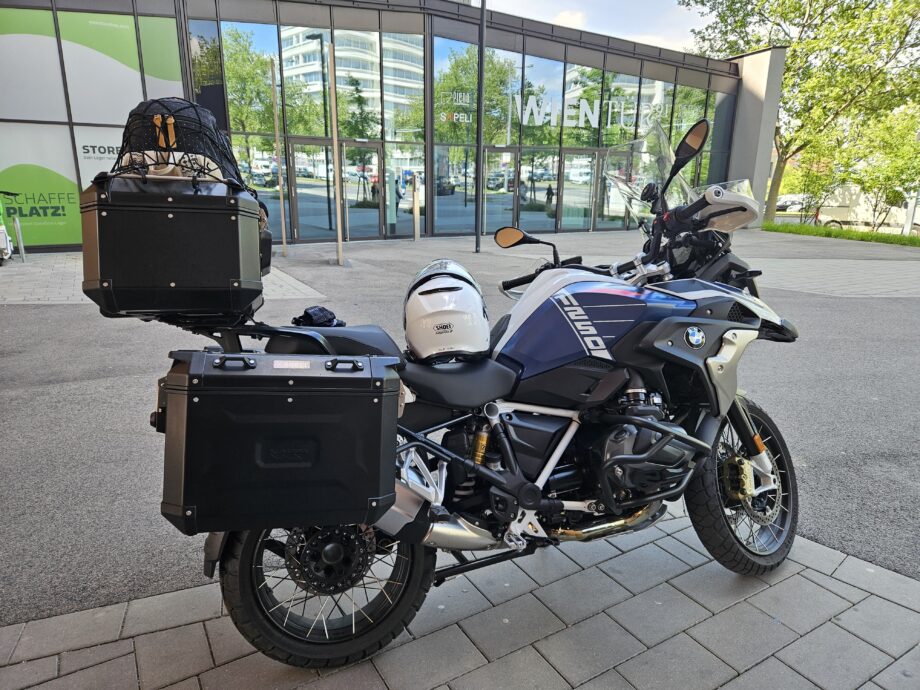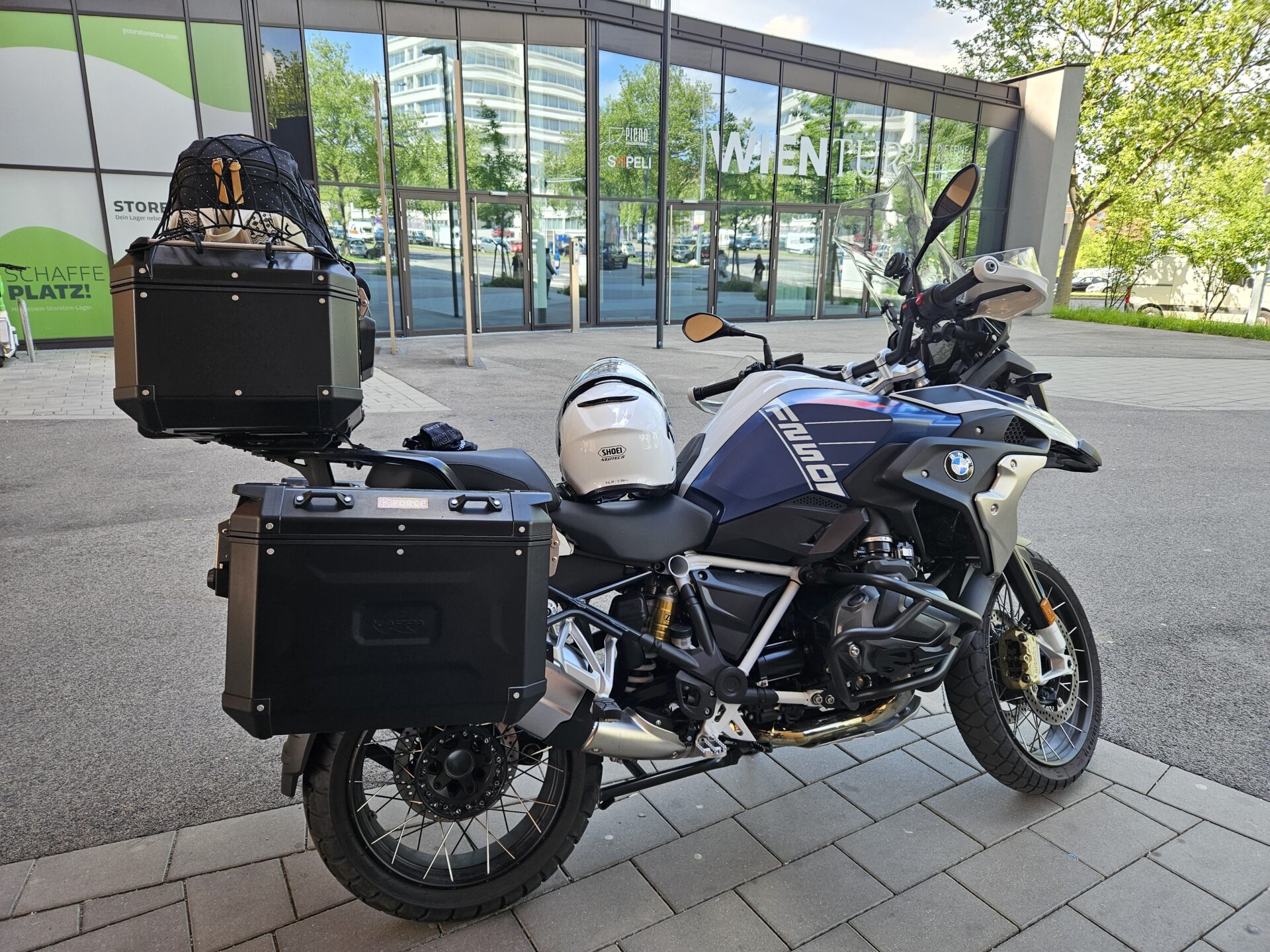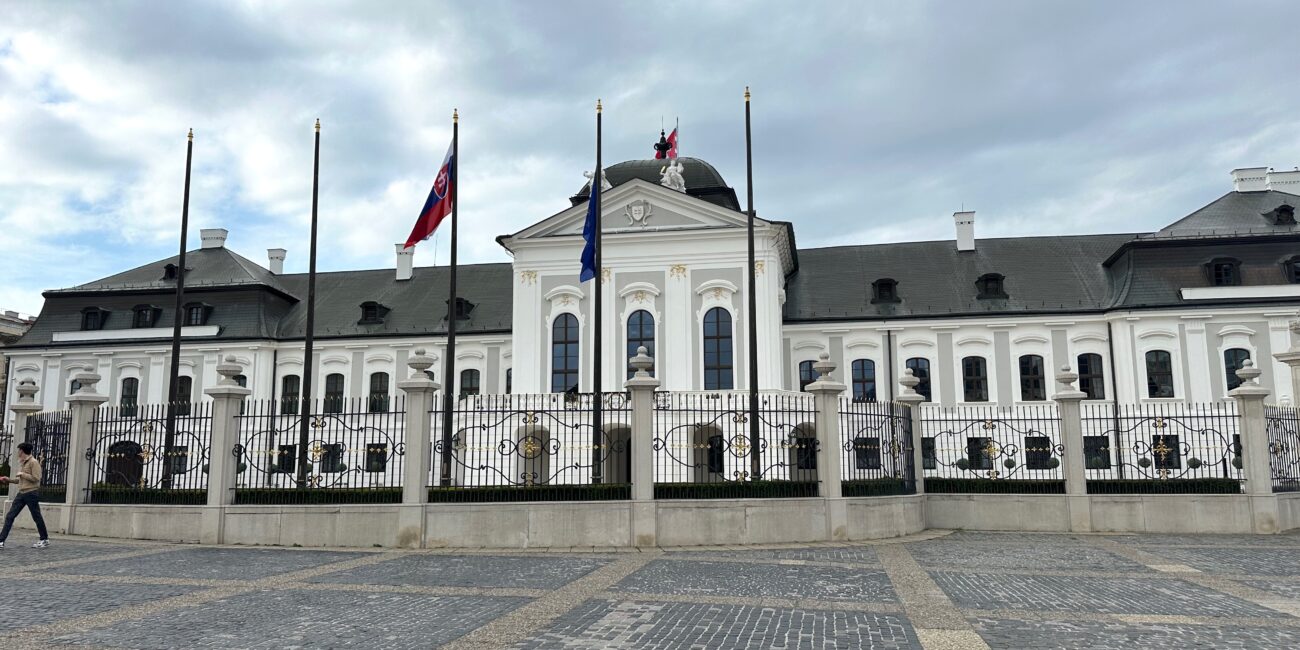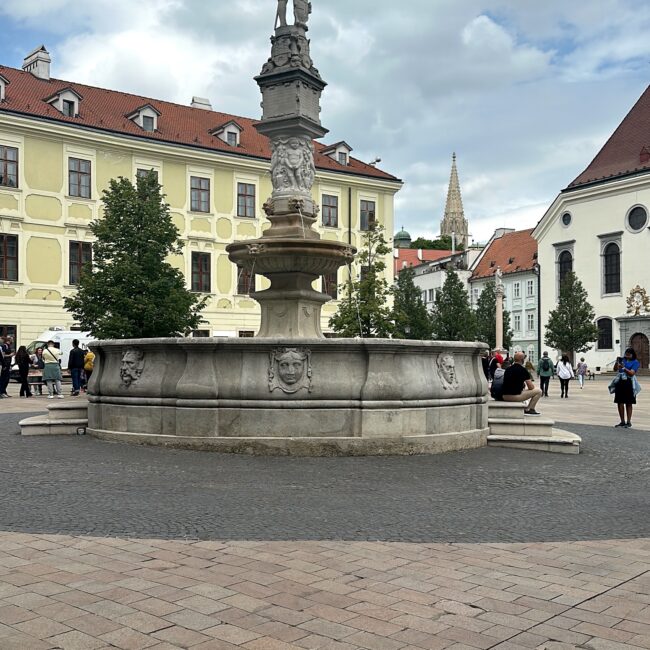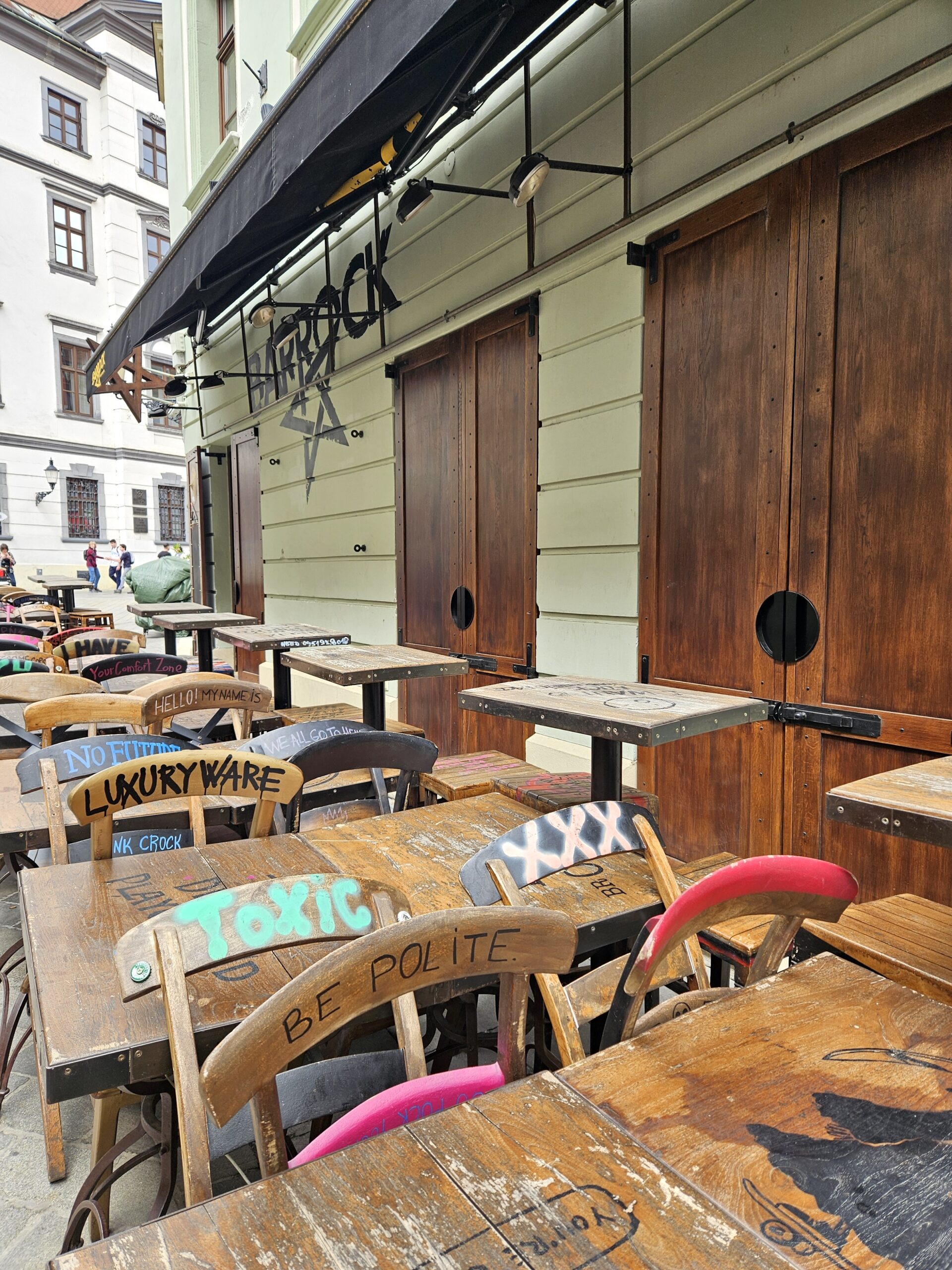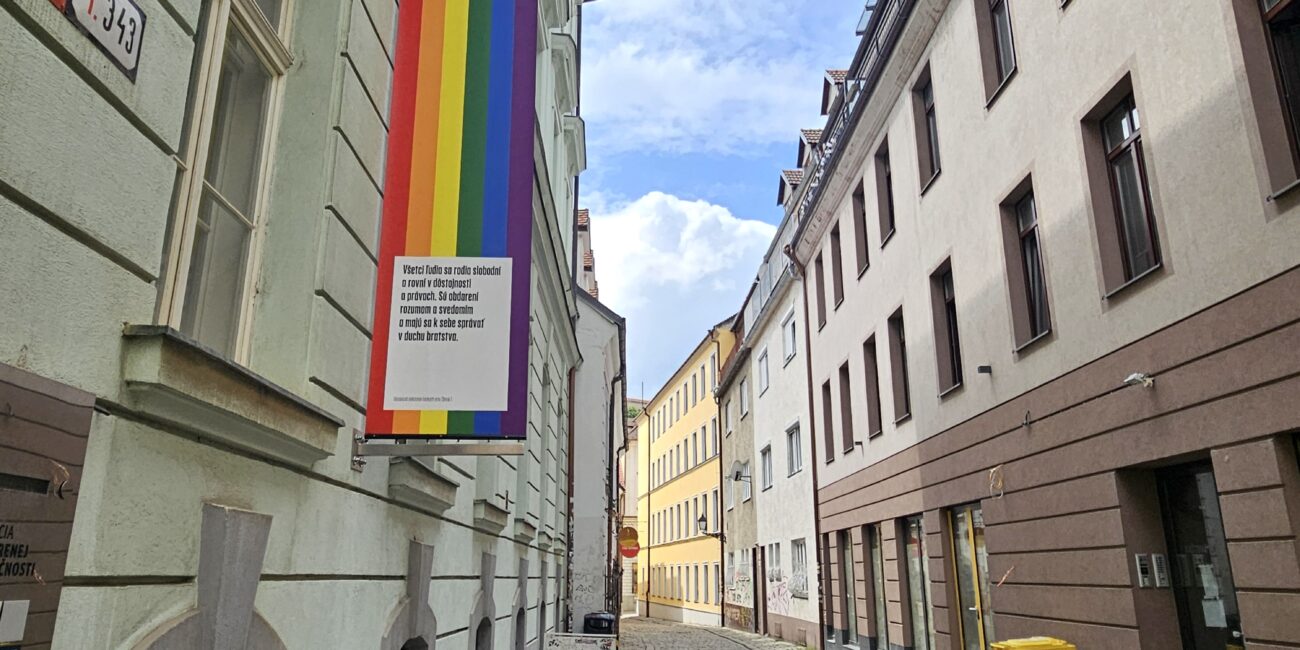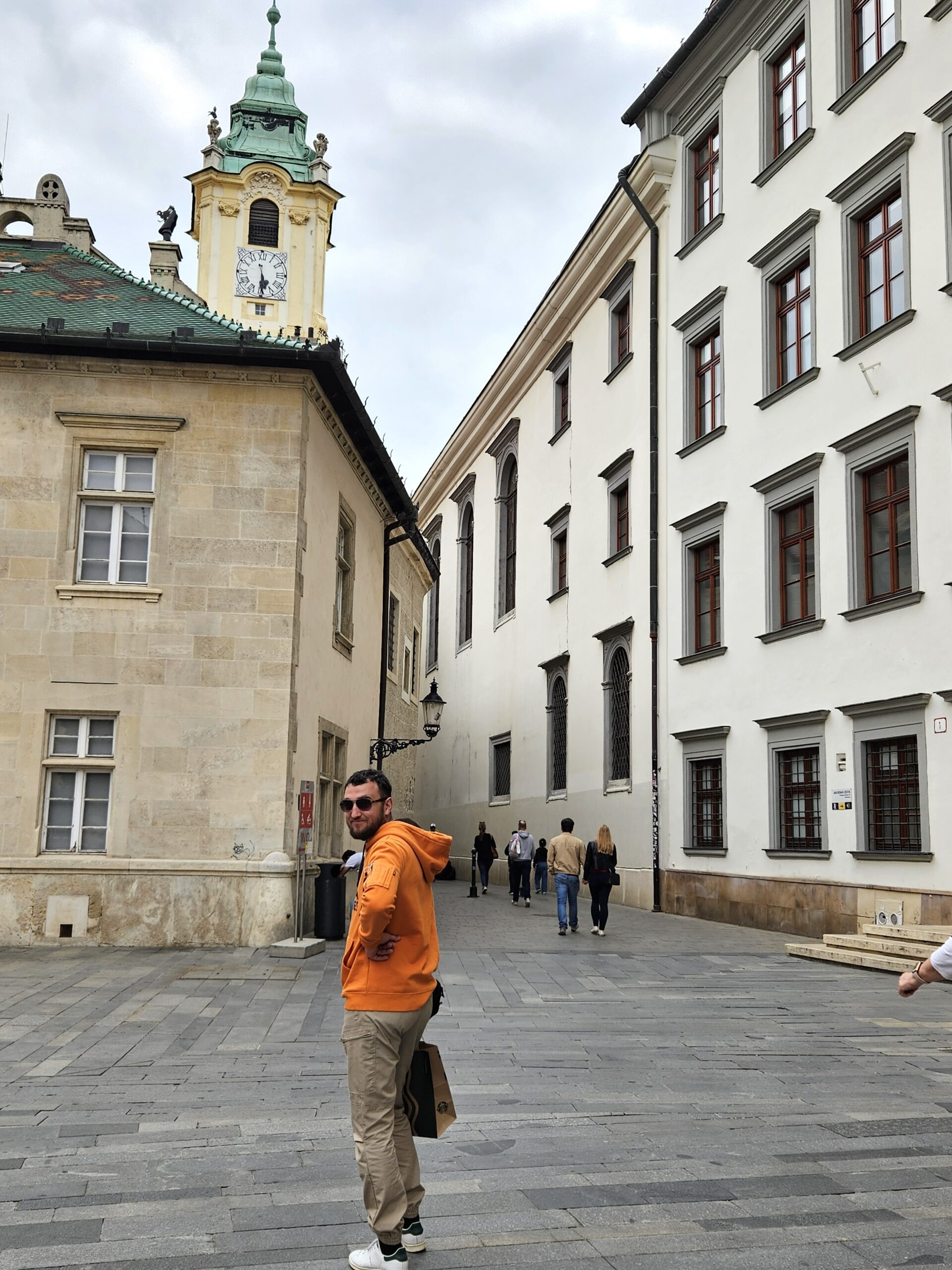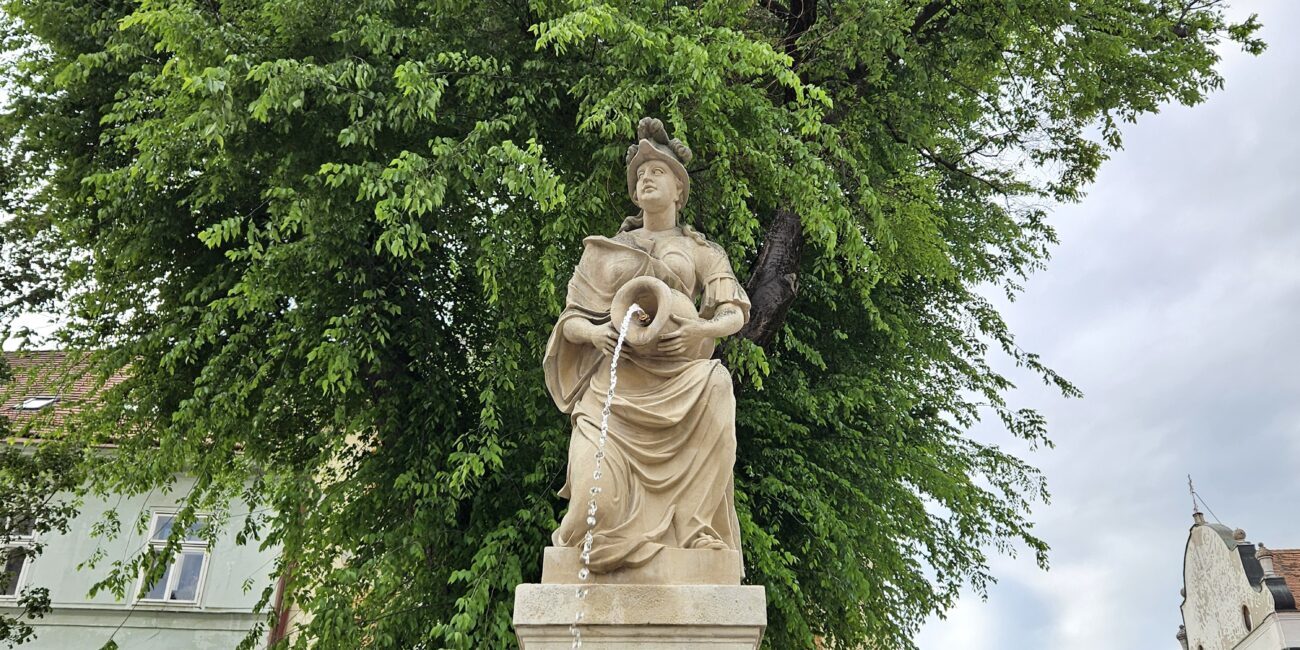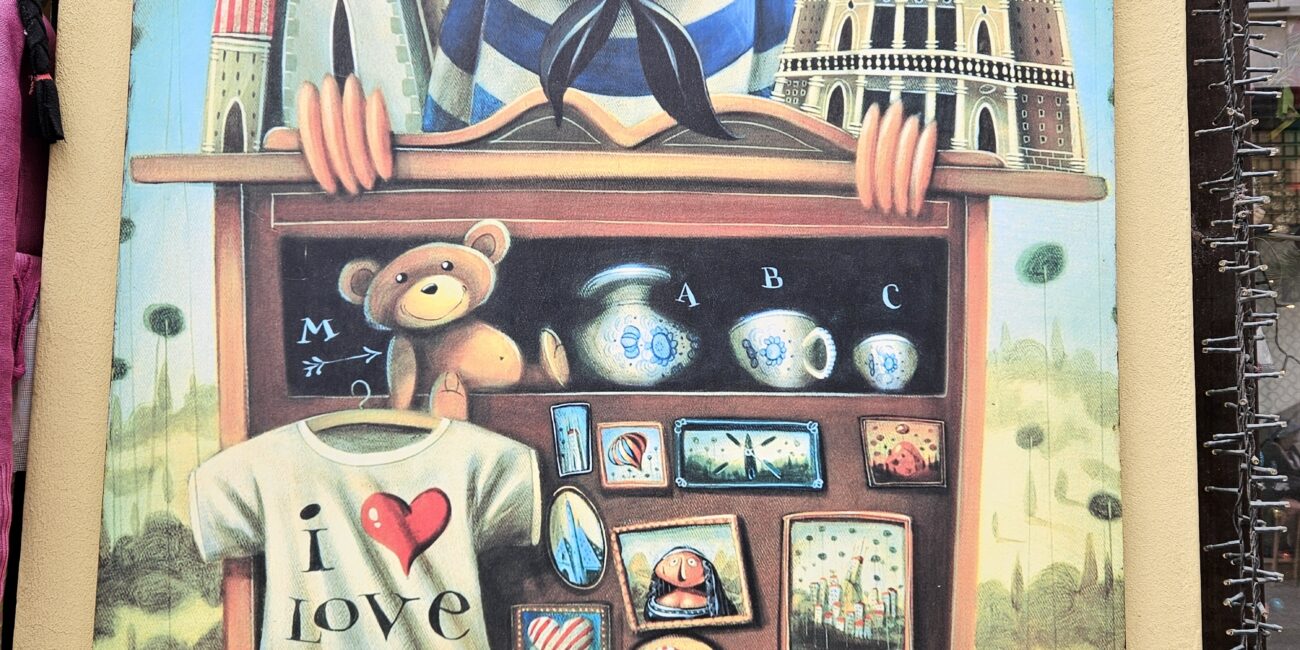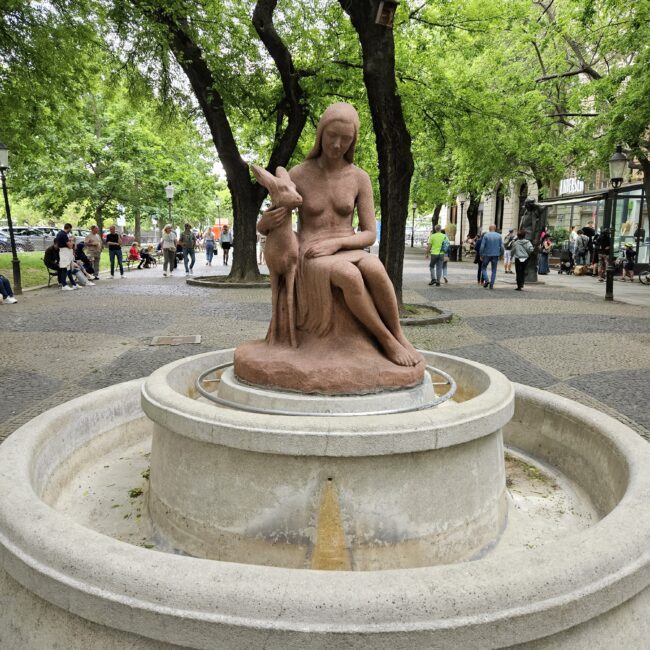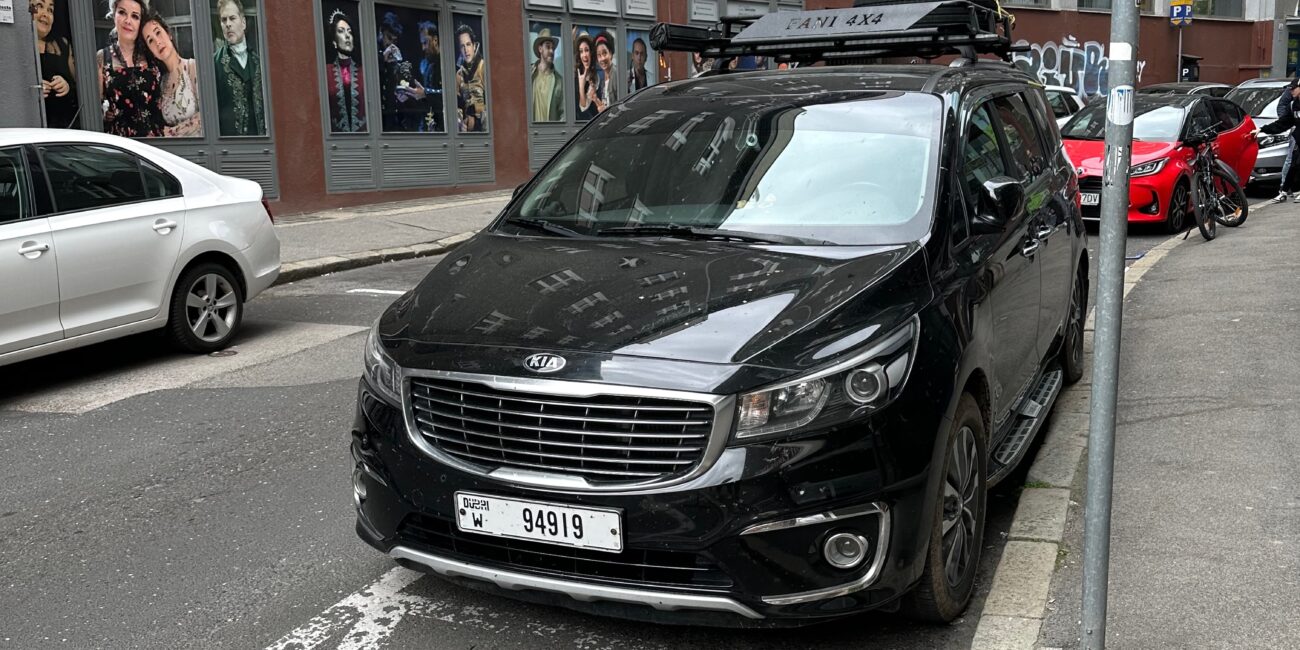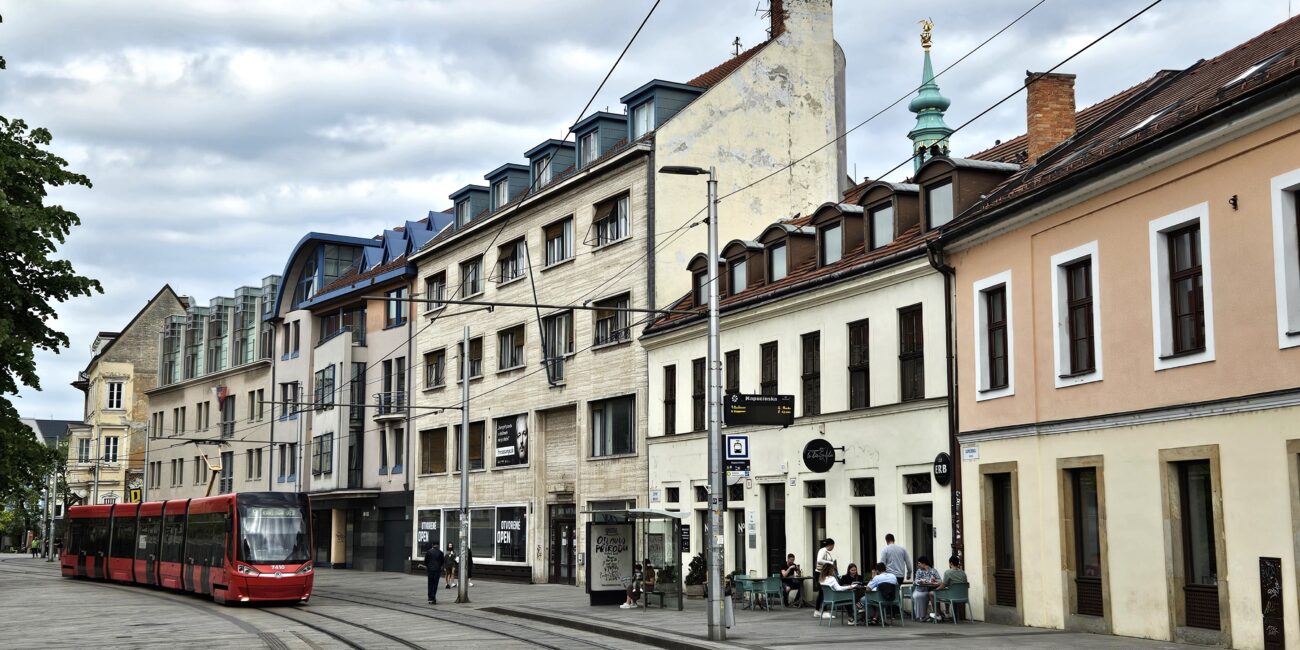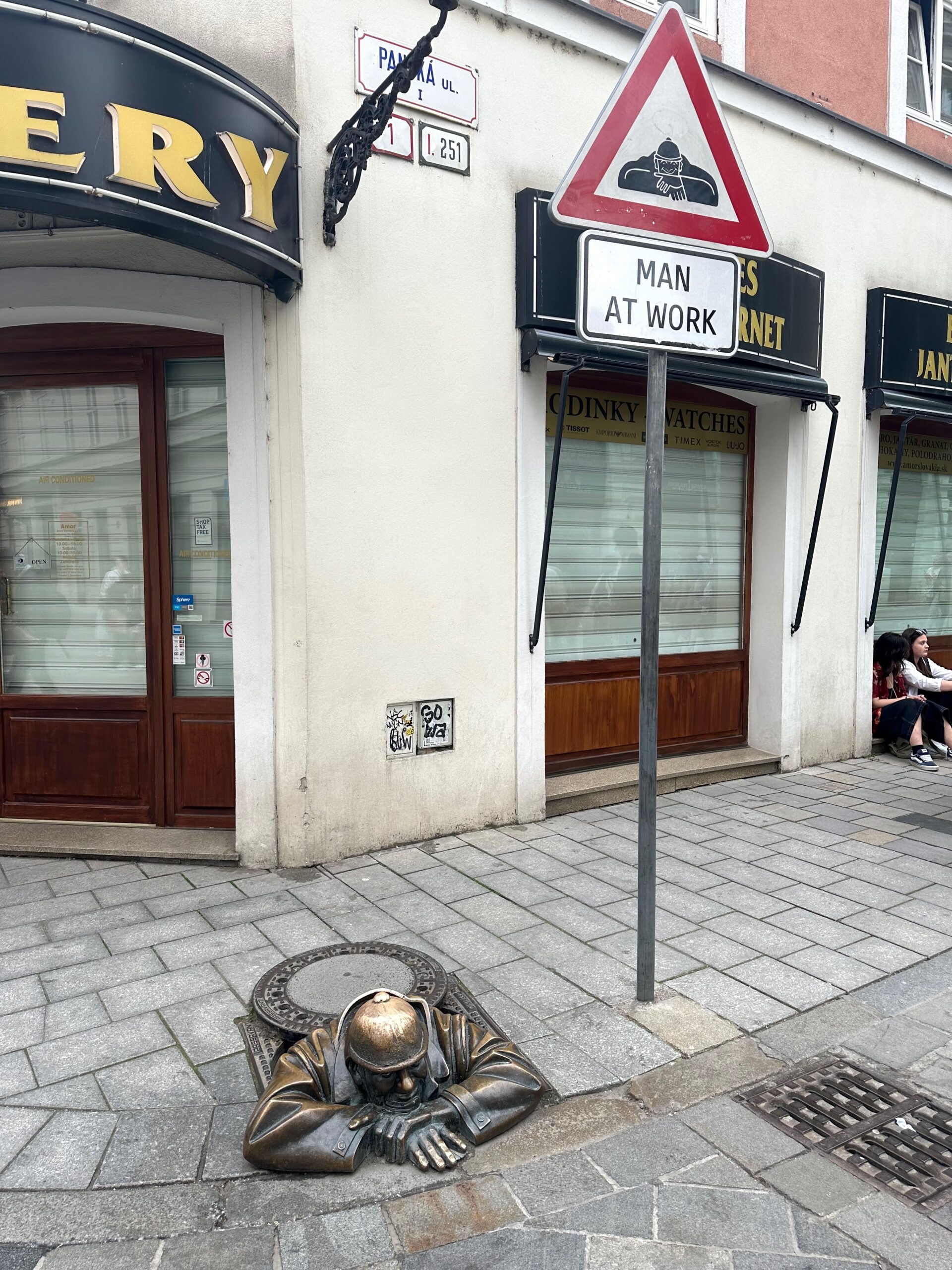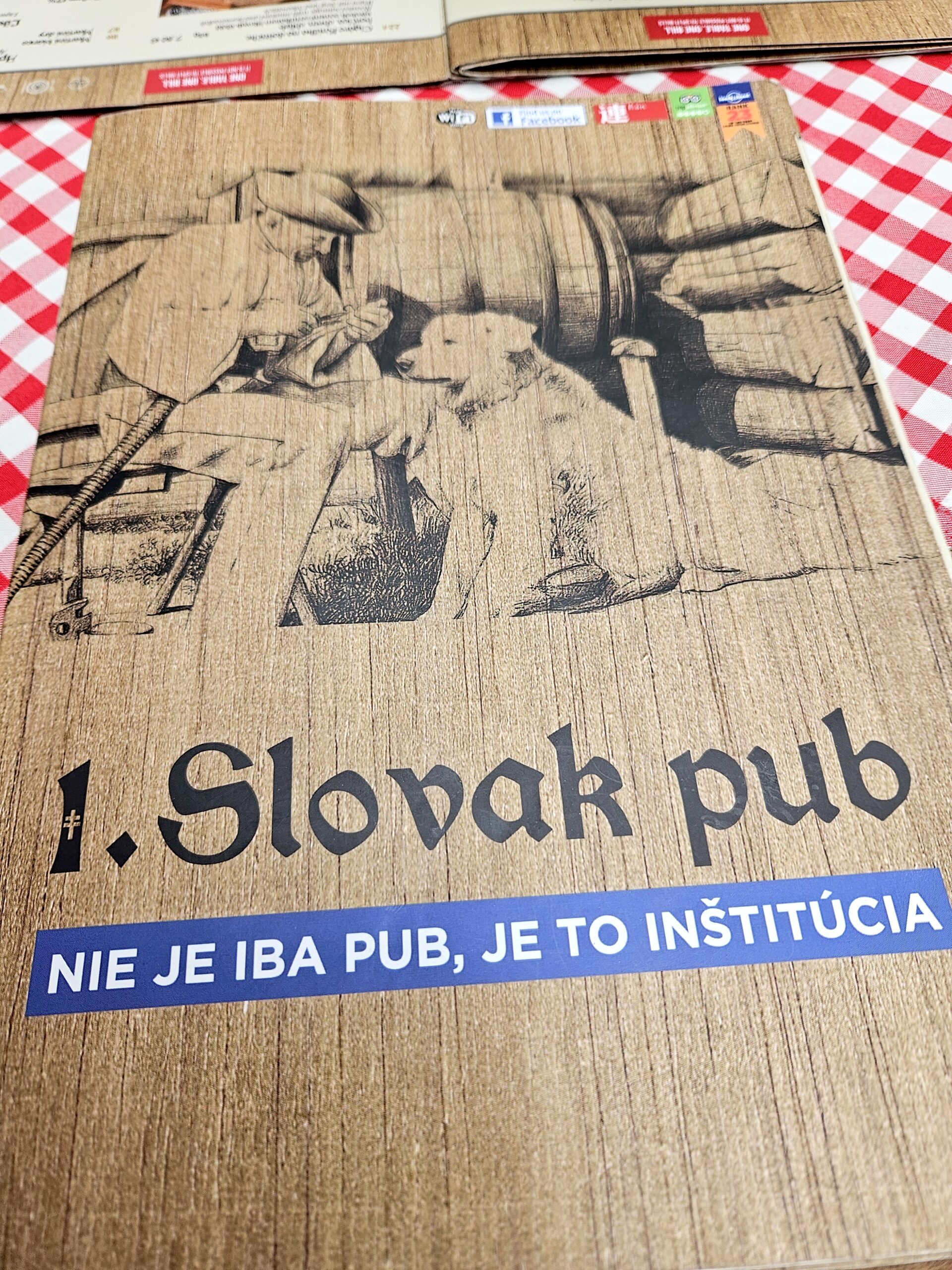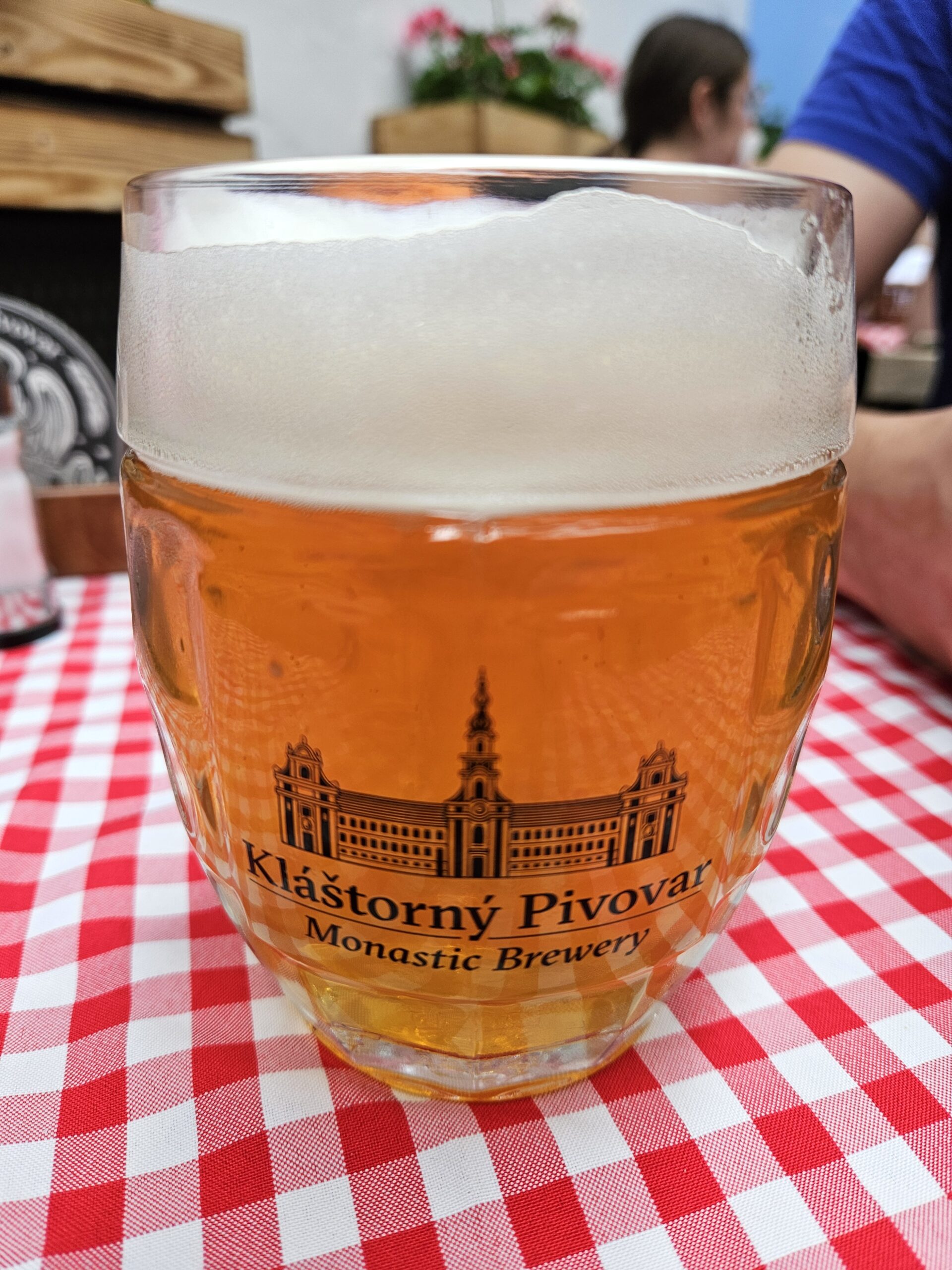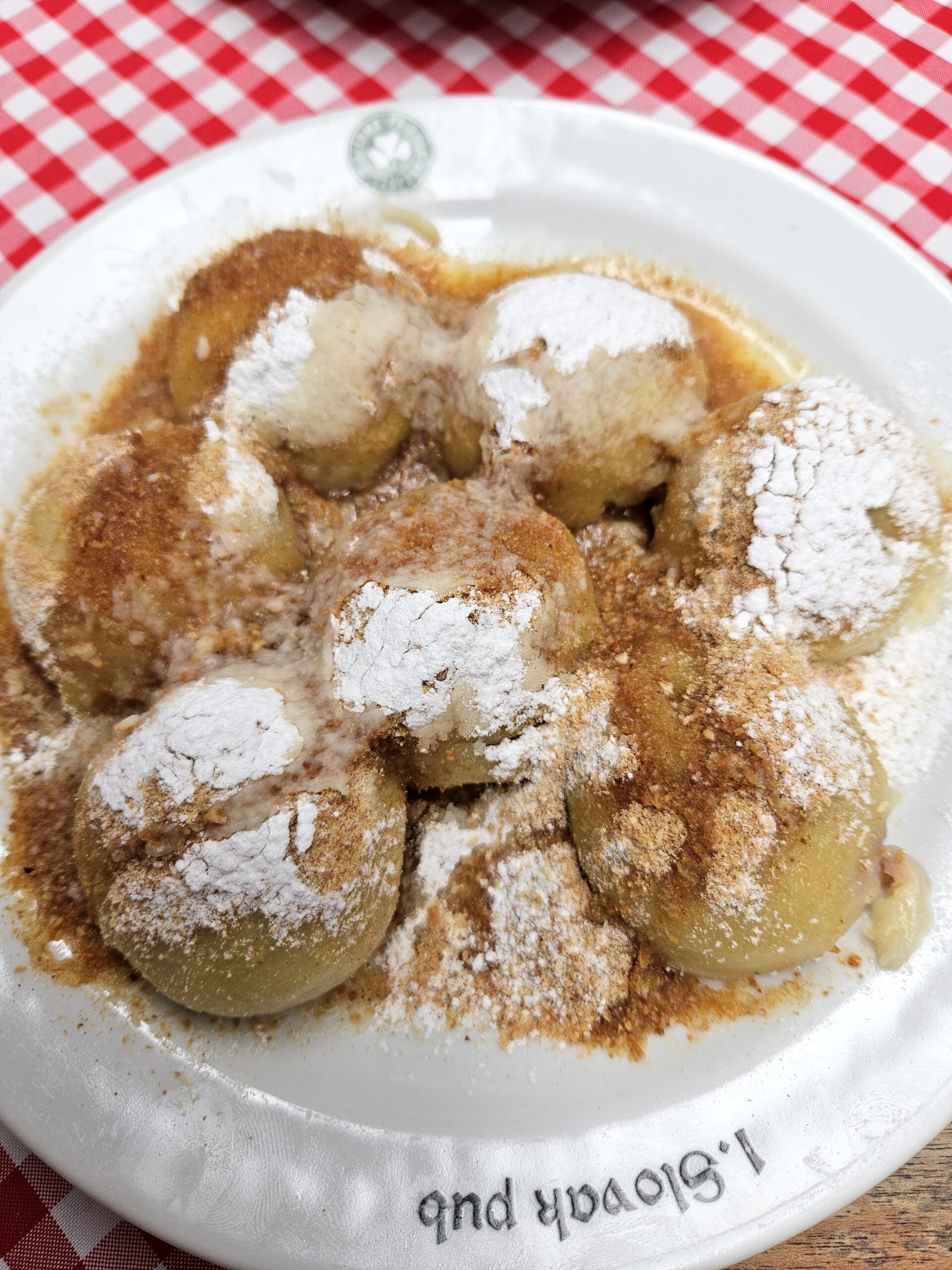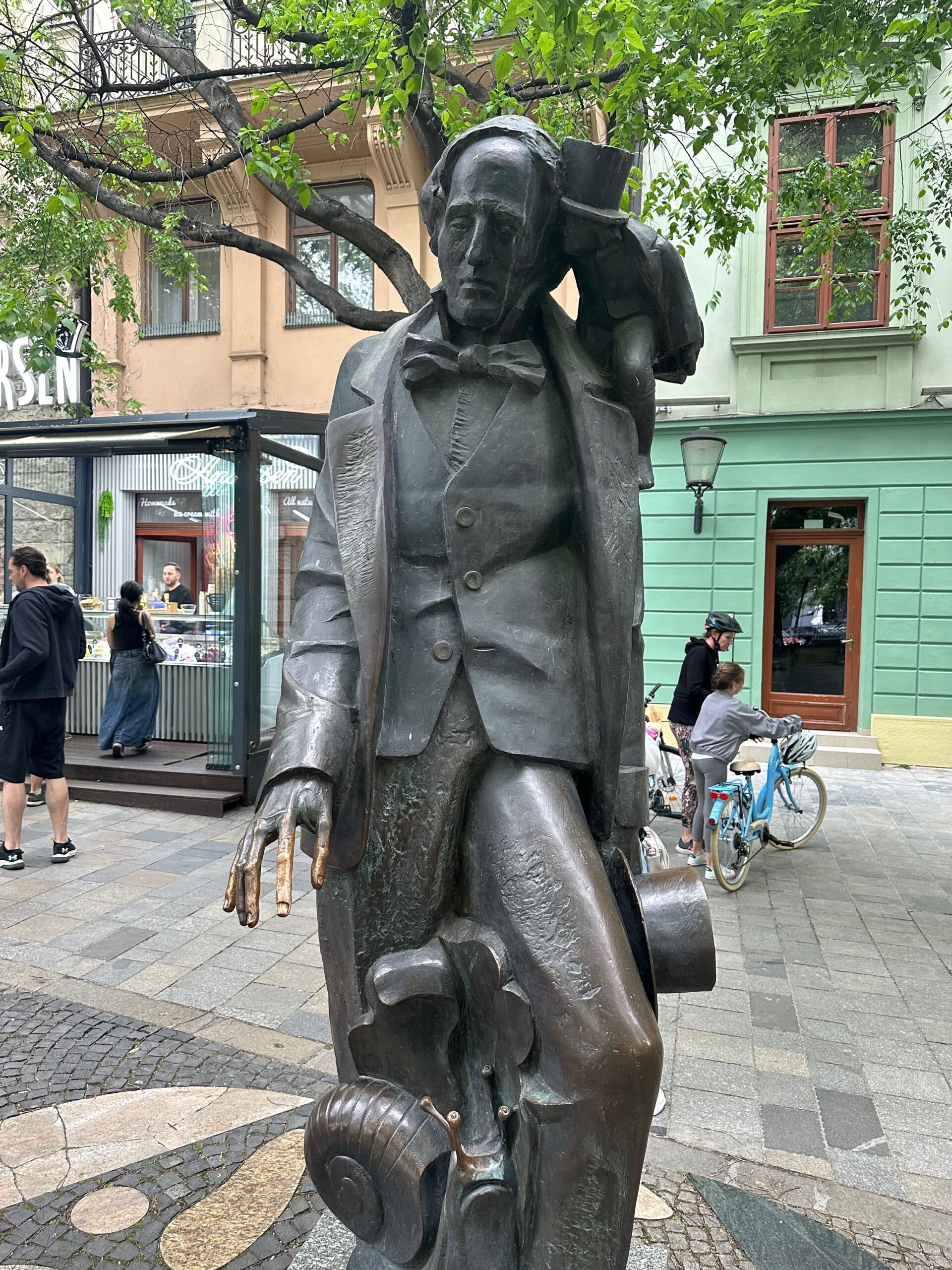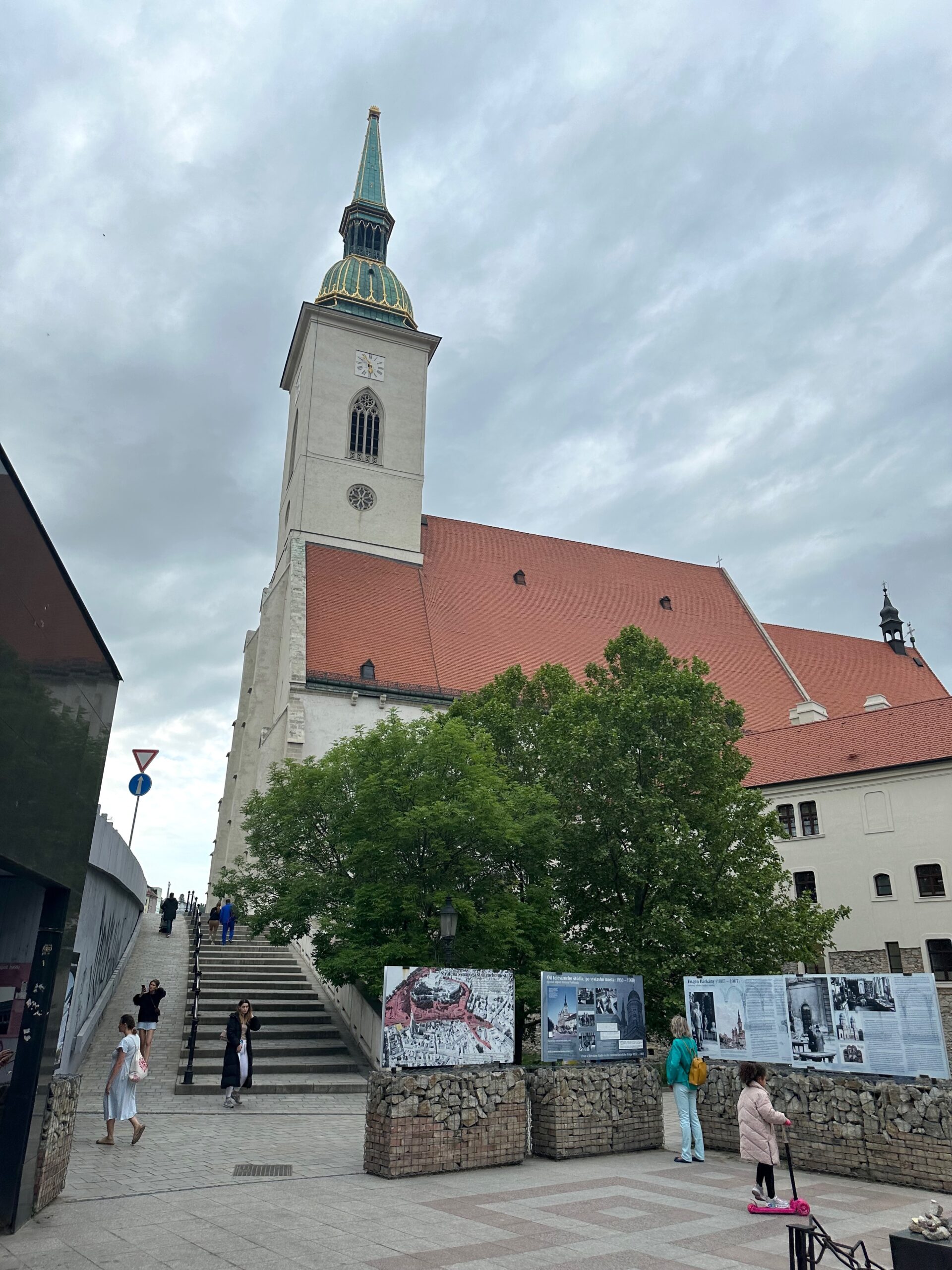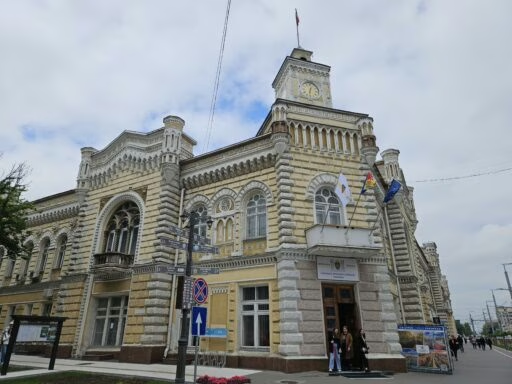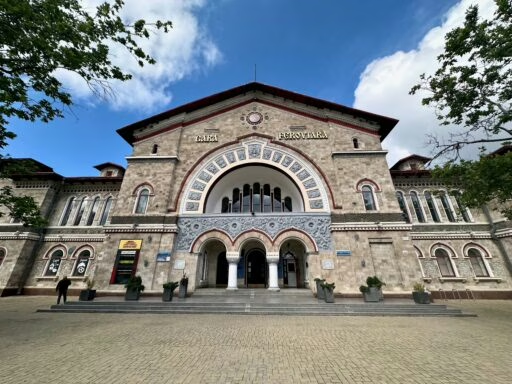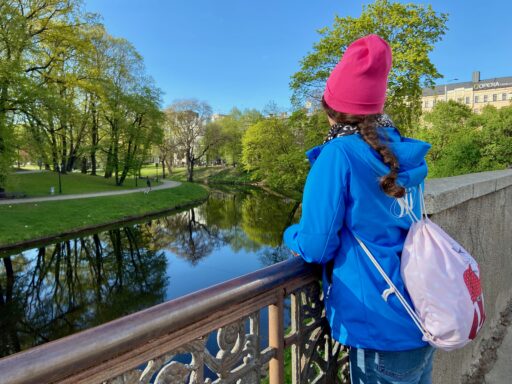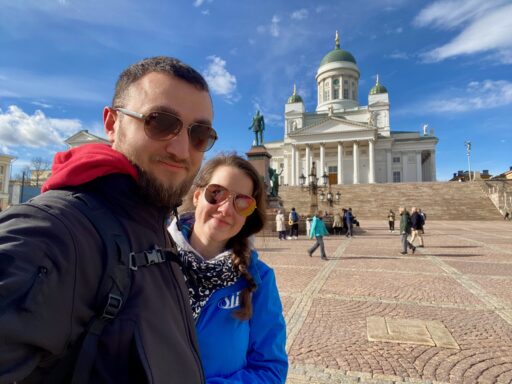This post is also available in:
Polski
Hello! 👋
After a few intense days in Vienna, we continued our journey to explore Bratislava – a charming city along the Danube. Our motorcycle trip for May continues, and Slovakia welcomed us with a relaxed atmosphere and intriguing sights. If you haven’t seen the first part of our Vienna recap, check it out here, and for details on the places we visited, click this link. Now it’s time for Bratislava!
How did we get to Bratislava?
On our way to Bratislava, we decided to stop in Podersdorf am See—a peaceful, charming town by the lake. We mentioned this in our post about places visited in Vienna. The view of the lake against the backdrop of small houses put us in a relaxed, vacation-like mood, completely different from what awaited us in the bigger cities. Taking the side roads instead of the highway was the perfect choice: no rush, less traffic, and far more interesting scenery.
After crossing the border from Austria into Slovakia, we immediately noticed some small changes—store hours seemed to return to normal, which was a welcome comfort. We no longer had to worry about things closing suddenly. The route itself was pleasant, although the wind was quite strong at times, which we could definitely feel. Still, it had its charm, and the slower pace allowed us to fully appreciate the landscapes and unique character of the local places.
Documents and border crossing
For our motorcycle trip to Slovakia, we didn’t need passports; within the EU, an ID card was enough. Instead, we focused on vehicle documentation. Since our motorcycle is leased, we brought authorization from the leasing company, translated into several languages. Additionally, we needed to have the vehicle registration, driver’s license, and proof of valid liability and comprehensive insurance (OC and AC).
We crossed the border without stopping, allowing us to continue smoothly – a convenient benefit of the EU’s free movement rules. By comparison, at the Czech-Austrian border, you might encounter random police checks, so it’s useful to keep documents handy and be prepared for a possible stop there.
You can read more on the website of the Ministry of Foreign Affairs of Poland – click here.
Road conditions and public transport
Bratislava isn’t just a travel destination for Europeans – we were surprised to meet travelers from the United Arab Emirates as well. It was great to see that someone had journeyed such a distance on wheels, adding an international vibe to the city.
Motorcycle
After crossing into Slovakia, we noticed a few differences. While main roads are in good condition, some side routes can be less maintained, with uneven surfaces or potholes. Slovak police also strictly enforce traffic laws, with fines for speeding reaching up to €800 on the spot.
It’s also important to pay attention to local signage and adjust speed to road conditions. During our trip, we didn’t encounter any major obstacles, and traffic was moderate, making for a pleasant drive.
According to the 1968 Vienna Convention on Road Traffic, ratified by Poland, a motorcycle registered in Poland only needs to comply with Polish equipment regulations. Police abroad are not authorized to issue fines for missing equipment that is not mandatory in Poland.
Motorcycles can park on sidewalks, provided there is at least 1.5 meters of space left for pedestrians. It’s essential to ensure the vehicle doesn’t obstruct pedestrian traffic or compromise their safety.
Avoid parking in no-stopping or no-standing zones, on pedestrian crossings, at public transport stops, or in ways that obstruct traffic. Violating these rules may result in fines or vehicle towing.
Public transportation
We observed Bratislava’s public transport, though we didn’t use it ourselves. From what we learned, the system includes trams, buses, and trolleybuses, with fairly regular service. There’s a mix of modern vehicles and some older ones, which adds a unique charm to the city. Many stops feature modern information points with LED displays showing the next vehicle’s arrival. Bratislava itself is compact enough that we explored it on foot, which had its benefits – walking off those Slovakian treats was a plus!
You can read more about public transportation on Visit Bratislava – click here.
Accommodation
During our stay in Bratislava, we stayed at the Chors Like a Hotel hostel, which offers both shared space rooms and regular hotel rooms. This property is in a prime location at Obchodná 43, right in the heart of the city. This gave us easy access to major tourist attractions, as well as numerous restaurants and shops.
Our room was spacious and comfortable, providing a relaxing space after a day full of sightseeing. It’s worth noting, however, that the hostel doesn’t have its own parking. For those traveling by car, this can be a challenge, as parking spots nearby are limited. Traveling by motorcycle, we also had some difficulty parking directly at the hostel. Ultimately, we managed to find a spot a bit further away.
SIM card
During our stay in Slovakia, we used our Polish numbers without any extra roaming charges, thanks to EU regulations. This allowed us to use the internet, make calls, and send messages without worrying about costs.
Before traveling, it’s a good idea to check your contract with your provider. While EU roaming is free of extra charges, there are often data limits. These limits can differ from domestic ones, and exceeding them may incur fees. It’s wise to confirm your available data allowance to avoid any surprises.
If someone plans a longer stay or intensive internet use, a local SIM card from a Slovak operator can be a cost-effective option.
Food
On our first day in Bratislava, we visited Slovak Pub. We tried traditional local dumplings and ordered a beer to go with them – a tasty combination that pairs well with Slovak cuisine.
Slovak cuisine is simple yet hearty, based on local ingredients like potatoes, flour, cabbage, milk, and meat. Bryndzové halušky (potato dumplings with sheep cheese and bacon) is Slovakia’s national dish and is often considered a symbol of traditional cuisine. Other popular dishes include kapustnica (sauerkraut and meat soup), zemiakové placky (potato pancakes), and goulash.
Desserts, like buchty or šúľance, are usually sweet, with popular toppings such as poppy seeds, nuts, or powdered sugar. Slovak cuisine combines flavors influenced by Central Europe, offering dishes that are simple yet rich in flavor and calories—perfect for those spending time outdoors in the mountains or in cooler climates.
The next day of our stay, we went for something classic… pizza 😛 But this time, we skipped a visit to McDonald’s!
Exchange office or ATM?
During our stay in Slovakia, we mainly used payment cards, which proved to be convenient and widely accepted. In restaurants, shops, and for entry tickets, we easily paid by card, allowing us to avoid the need for cash withdrawals.
However, if you plan to use ATMs, it’s worth keeping a few things in mind:
- ATM selection: ATMs from major banks, such as Slovenská sporiteľňa or Tatra banka, usually offer better withdrawal terms. Avoid private operator ATMs, which may charge additional transaction fees.
- Withdrawal fees: Before confirming the transaction, the ATM will inform you of any applicable fees. If they are high, you can cancel the withdrawal and look for another ATM.
- Currency conversion: When withdrawing cash, select the option without the ATM’s currency conversion to avoid unfavorable exchange rates.
It’s also worth noting that in some situations, such as paying parking meters, cash may be required. However, in many cities, including Bratislava, mobile apps allow for cashless parking payments, eliminating the need for coins. An example of such an app is ParkDots, which enables parking payments in city zones via smartphone.
Climate and weather conditions
Slovakia, located in the heart of Central Europe, has a temperate climate with four distinct seasons. In summer, temperatures can reach around 25°C, making it ideal for tourism and outdoor activities. Autumn and spring are transitional periods with mild temperatures and considerable rainfall. Winters can be cold, especially in mountainous regions, where temperatures may drop below zero, and snow is common.
Slovakia greeted us with quite pleasant weather, which – though not exactly hot – was perfectly comfortable for sightseeing. For two days, we enjoyed stable conditions, allowing us to explore the area without any major weather disruptions.
Return to Poland
Unfortunately, the journey back was a completely different story. From early morning, we faced constant rain that quickly turned into a heavy downpour. Setting off in such weather, we knew it wouldn’t be a comfortable ride, but the conditions proved even worse than expected. The rain poured nonstop all the way to the Polish border, leaving us no choice but to brave these… delightful conditions.
In such heavy rain, even the best motorcycle gear has its limits. My Shima jacket and Jadzia’s Revit jacket held up fairly well, but her motorcycle leggings were soaked through. As for the gloves… best not to mention them. We only had an extra pair of gloves as backup, which proved insufficient in such weather.
When we finally stopped for a quick hot soup and tea, the mood was tense. Jadzia, soaked and freezing, didn’t hold back her words of frustration. I was also tired and not in the best spirits, but we had no choice – we had to make it to Katowice. Once we arrived, a hot shower awaited us to warm up and ward off any chance of catching a cold after such an exhausting journey.
Safety
During our stay in Bratislava, we felt safe and comfortable. The city has a calm atmosphere, and the locals are friendly and helpful. We didn’t encounter any situations that raised concerns about our safety.
According to available information, Bratislava is considered a relatively safe city. Crime rates are low, and incidents involving firearms are rare. Tourists can feel at ease while exploring the city, both during the day and in the evening.
Places we visited
We visited many interesting places in Bratislava that deserve their own feature! Check out our post for details on what’s worth seeing
👉 Click here and explore Bratislava with us! ✨
Summary
Our trip ended with a stop in Katowice – the perfect place to rest before the final stretch to Warsaw and to try some Silesian specialties. In summary, it was a truly successful trip – intense days spent in Vienna followed by relaxed sightseeing in Bratislava gave us exactly what we needed.
This trip had special significance for us, as it was the first long journey our motorcycle had completed. It was a great opportunity to test its capabilities and think about which additional accessories might be useful for future trips. After all, in 2025, we’re planning a bigger motorcycle adventure, which we’ll tell you about soon!
See you later! 😉
